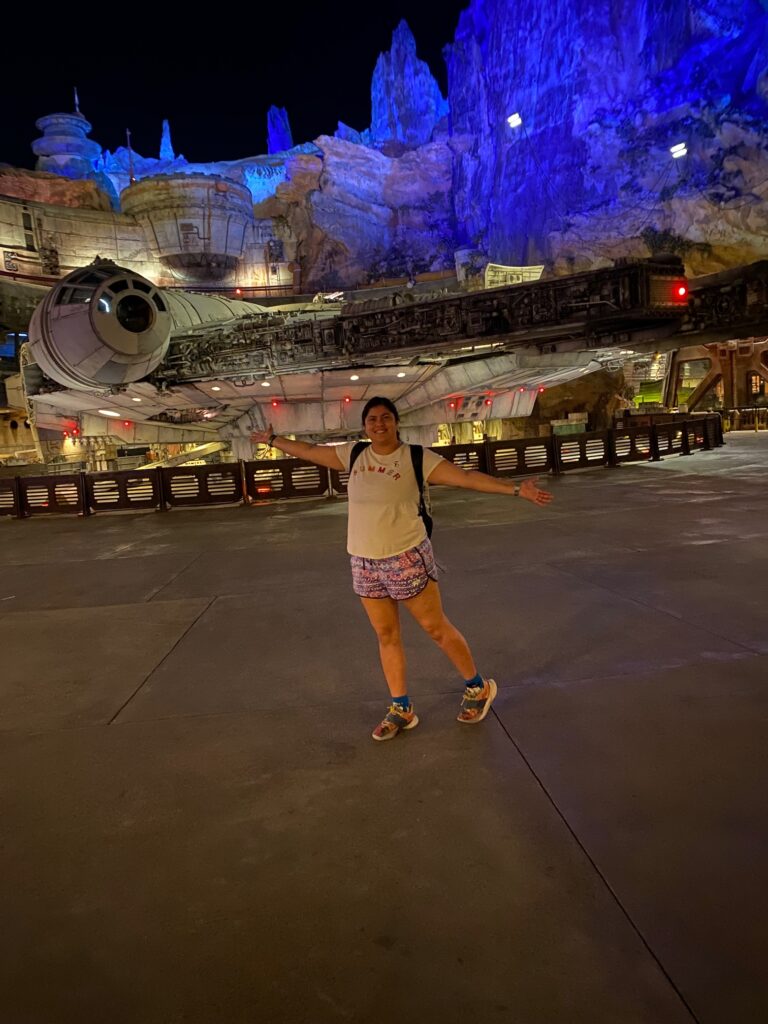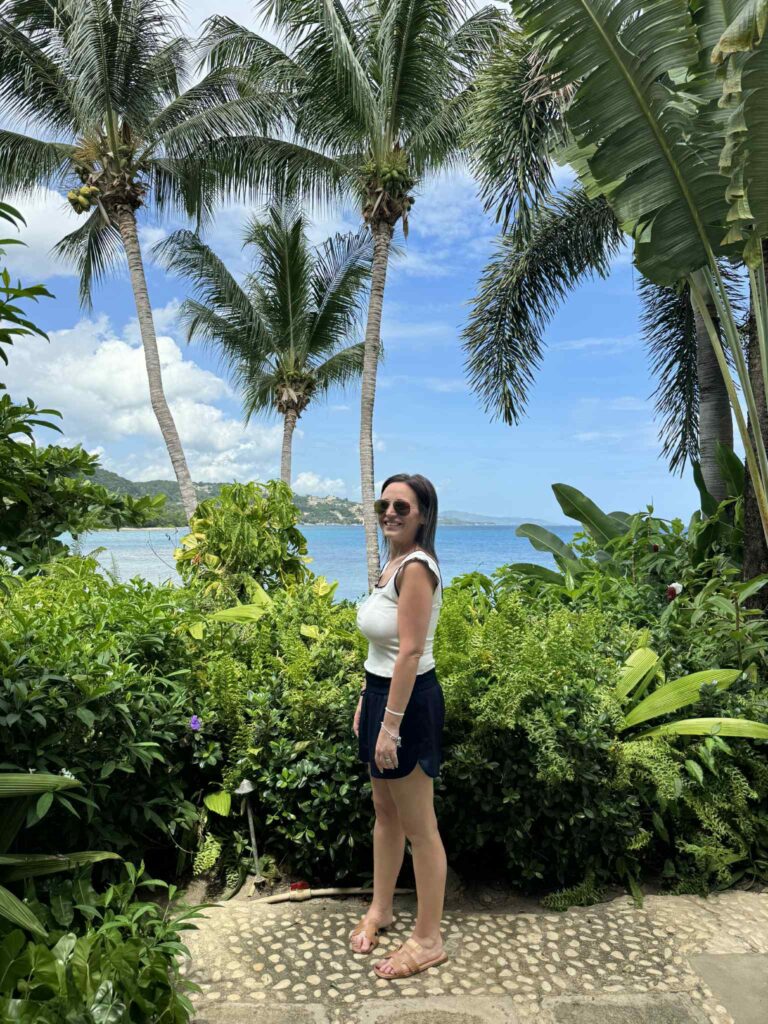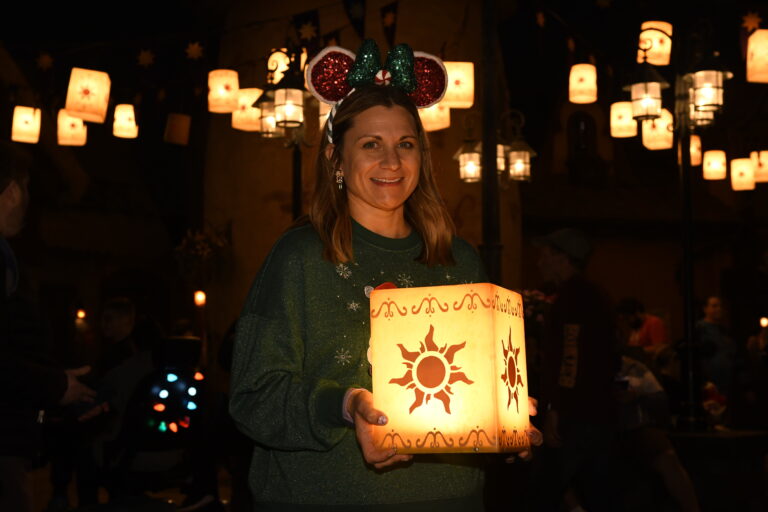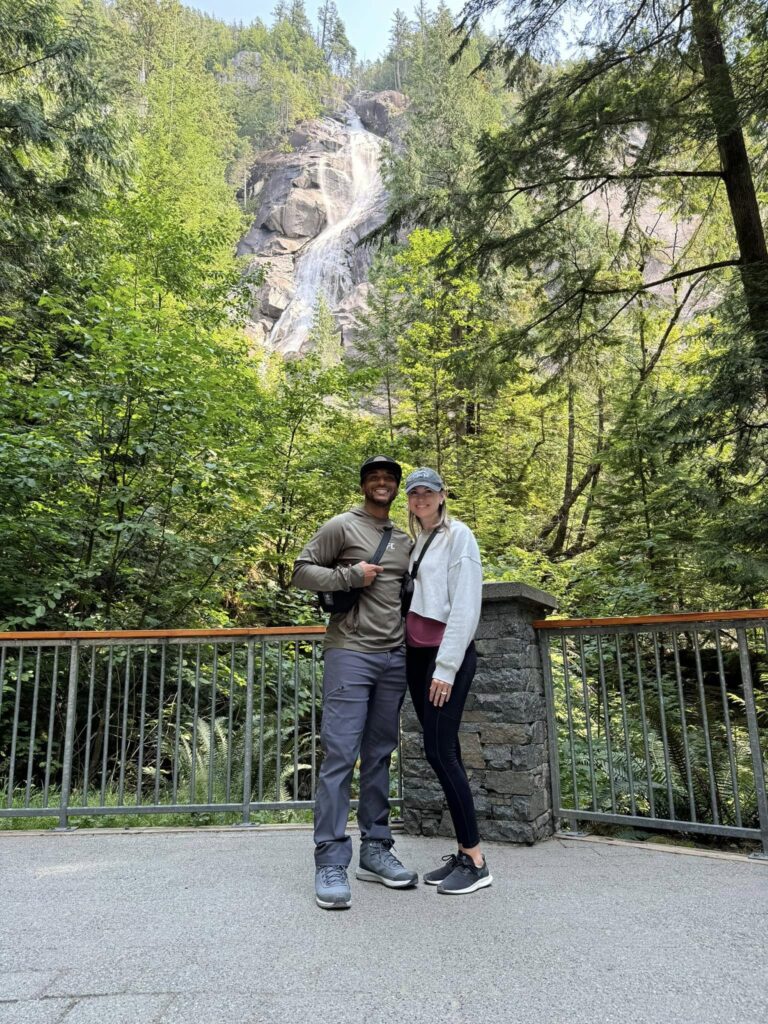Overview
Introduction
One of the most stirring sights in Africa, the Victoria Falls is a UNESCO World Heritage site and one of the Seven Wonders of the Natural World. It is where the mile-/kilometer-wide Zambezi River suddenly plunges 30 stories into the Bakota Gorge, at times spilling water at a volume of more than 2 million gallons/7.6 million liters per second. Rainbows, mist and the tremendous roar of the water stir the senses—few other natural wonders match the raw power of the Victoria Falls.
The first European to see them was David Livingstone on 17 November 1855, during his 1852-56 journey from the upper Zambezi to the mouth of the river. The falls were already well known to the local people and the Matabele named them Mosi-au-Tunya, "the smoke that thunders," because of the cloud of spray that rises above them. Livingstone named them in honor of Queen Victoria.
Livingstone's fantastic stories attracted many European adventurers and travelers, and the town of Victoria Falls quickly grew. The famous Victoria Falls Bridge and Victoria Falls Hotel were both built in 1905. Today there are numerous hotels, attractions and activities around town and no shortage of operators to organize it all.
The falls themselves can be seen within the Victoria Falls National Park, where there are many viewpoints. There's another major viewing point from the Victoria Falls Bridge that connects Zimbabwe to Zambia. It can be crossed on foot and the border guards will issue you a day pass to access the bridge, which serves as no-man's-land between the two country's borders. We highly recommend this view, as the angle up the gorge of the Zambezi to the center of the falls is spectacular. If you are feeling daredevilish, you can bungee jump—a 360-ft/110-m plunge—off the bridge.
Apart from the falls themselves, there are few sights, but there are lots of activities below and above the falls and on the Zambezi River. During most of the year, you can go whitewater rafting (the rapids are world-class), canoeing, elephant and horseback riding in the surrounding bush, and for the very active, rappeling or gorge-swinging (flying fox and rap jumping) in the Batoka Gorge.












































